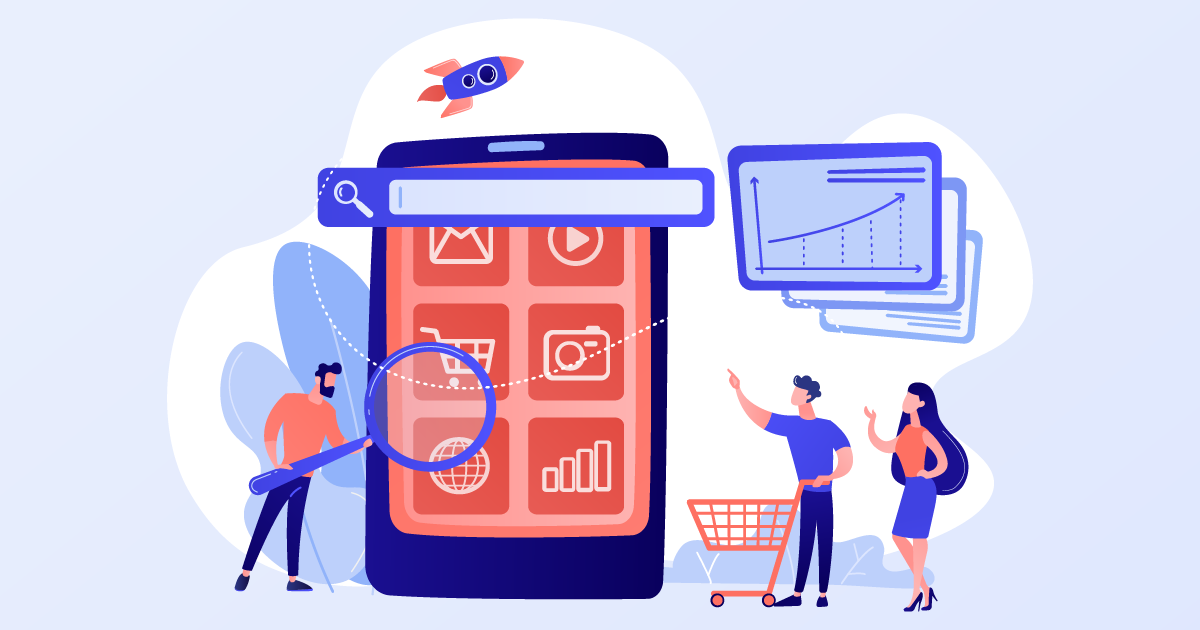Managing an online store is a full-time job and having a profitable business model is one of the keys to the success of any ecommerce. A lot of money and time is usually invested to increase the number of visits. But how are these results measured? There are 10 metrics in ecommerce that serve to better understand the users of an ecommerce and to optimize sales.
Customer Acquisition Cost (CAC)
This metric is used to obtain the average cost of each ecommerce customer and also to know the profitability of marketing actions.
The cost of acquiring a customer is calculated by dividing the total amount invested in sales (any action that aims to attract more sales) and marketing efforts within a certain period by the number of customers that have been acquired during that timeframe.
Customer Lifetime Value (CLTV)
This is one of the most important metrics. The value of the customer life cycle represents the total income generated by the customer in electronic commerce purchases starting from user registration.
It is determined by multiplying the average profit that the customer has generated in a year by the number of years in which he is a customer, subtracting the acquisition cost (CAC).
Conversion Rate (CR)
Generally, when someone refers to obtaining online store buyers, the term conversion rate pops up. These ecommerce metrics express, as a percentage, the number of visitors that converted to buyers. The conversion rate is one of the main success indicators of an online store.
Return on investment (ROI)
Keeping a customer is more profitable than getting a new one. For that, it is necessary to have a good ecommerce metrics dashboard. Many online stores make the mistake of calculating the return on investment of their ecommerce based on the data of a single sale.
In order to know the exact economic value that a customer represents for a company, calculate the ROI based on all purchases made by that customer, that is, the value of the life cycle of a customer (CLTV) must be taken into account.
Conversion rate according to traffic source
The conversion rate for each of the sources and its evolution must be analyzed. There may be variations that, according to ecommerce, produce incentives, depending on time periods or even the days of the week. For example, it is not a myth that conversion rates tend to increase on Mondays.
Percentage of new vs. returning visitors
A healthy ecommerce must grow in recurring users. Recurrence is one of the keys to the profitability of an ecommerce, in addition to managing affordable CAC for the business. If users do not return or you do not have a CRM system in place, there will be problems to survive. The key to get customers to come back to your store is to develop repurchase strategies, discount vouchers or launchings.
Evolution of direct traffic – organic traffic
An increase in direct traffic means greater brand recognition. Users who already know me should buy more from me. If I have a low conversion rate in this section, I may have usability problems in my store.
Average purchase order value
It is very important to see the evolution of the average purchase order (AOV). For example, discounts can drop the average ticket; however, it is possible for buyers to add more than one product in the same transaction, by working well with cross-selling and recommendations.
New records
Myopia and lack of vision lead us to think about generating sales by the shortest path: from the click to the product page. A well-worked leads strategy can be one of the most important assets of an online store.
Ecommerce metrics: customer satisfaction
There are several tools that are used to interpret the preferences of customers, such as psychological graphs, search engine history, demographic studies, etc.
However, beyond these statistics, Customer Service is a valuable source for suggestions and it’s the best indicator of customer satisfaction within the ecommerce.
The customer service advisor must have thorough knowledge of the products that are offered in the online store in order to meet the needs of the buyers.
Once the products that arouse the most interest have been identified, a customisation strategy for the ecommerce can also be implemented to help offer products and services related to the customer’s purchases.
For this, it is ideal to have an implementation of channels such as WhatsApp Business, or an online chat integrated with a CRM that connects your customers’ queries with the sellers of your online store.
Each industry is a world apart and it must find the actionable metrics in ecommerce that best fit its sector.



